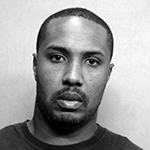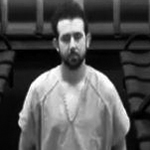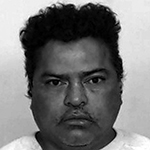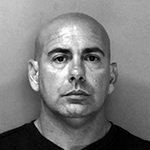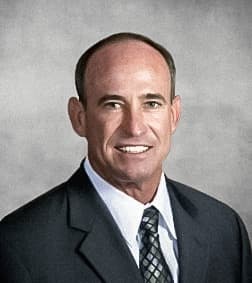Possession of Child Pornography
Florida law defines child pornography as any image that depicts a minor engaged in sexual conduct, which according to Fla. Stat. §827.071(5) includes:- Actual or simulated sexual intercourse
- Deviate sexual intercourse
- Actual or simulated sexual acts with an animal
- Masturbation
- Sadomasochistic abuse, such as flagellation, torture, and physical restraint
- Lewd exhibition of the genitals
- Physical contact with another person’s pubic area, buttocks, or breasts with the intent to arouse sexual desire
- Actual or simulated sexual battery
- The defendant knowingly viewed or possessed material that falls under the definition of child pornography
- The child depicted was a minor
- The defendant knew what the image contained
- Viewed or was found in possession of more than one image
- Took steps to save the pornographic images on a computer or was aware that the computer would automatically save these types of downloaded files
Reclassifying a Charge
Florida statute 775.0847 also permits prosecutors to reclassify a charge to the next higher degree if the defendant possessed ten or more pornographic images involving a child and the content of at least one of the collected images depicts:- A child under the age of five years old
- Sadomasochistic abuse of a child
- Sexual battery of a child
- Sexual bestiality involving a child
- Any pornographic film involving a child, regardless of its length and whether it has sound
Federal Possession Charges
Possession of child pornography can also be prosecuted in federal court under 18 U.S.C. §2252A, which prohibits the possession of images downloaded from the internet or stored on a computer that depict a child engaged in sexually explicit behavior. Sexually explicit conduct has been defined broadly by the courts as any conduct that is sufficiently suggestive. However, a defendant can only be charged under this statute, if prosecutors can establish federal jurisdiction, which can arise when an image was moved in interstate commerce or was created using equipment that had been transported across state lines. A number of federal courts have confirmed that transferring images electronically through the mail or over the internet is enough to satisfy this jurisdictional requirement.Federal crimes generally involve harsher penalties than their state counterparts. This is also true for federal charges of possessing child pornography, as those who are convicted of this offense will be imprisoned for at least five years, but could face up to 20 years. If a defendant has a prior conviction for sexual abuse, sex trafficking of children, or possessing, selling, or distributing child pornography, his or her sentence will automatically be increased to a minimum of 15 years and a maximum of 40 years in prison. Even attempting to violate this federal law is punishable by up to ten years in prison, although if the minor depicted was under the age of 12 years old, the sentence could be raised to 20 years.









